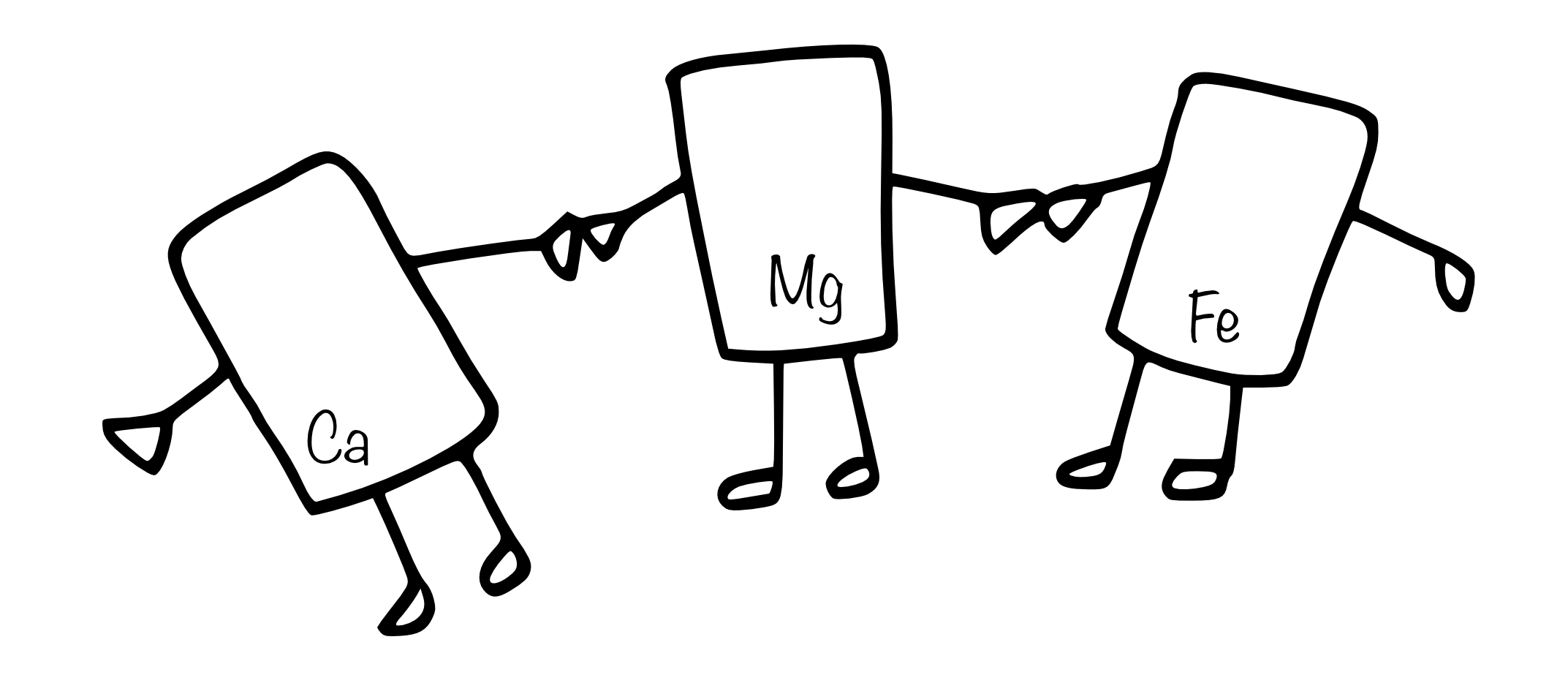Have you ever face challenges in lathering with soap or detergent? But sometimes with the same soap and detergent, you may create a large amount of foam or lather. That means the problem is not the soap but the water which we use. In general, water hardness is responsible for it. Hardness in water is mainly due to the present of calcium, magnesium, and iron. This post will discuss the reason behind hardness, its types, how to remove hardness, and its negative impact.
When water is classified as “hard,” it means that it has high amount of these minerals. Hard water is not harmful to human health, but it can cause a range of issues that can affect both residential and industrial settings.

What causes hardness in water?
Water from a natural source is always soft water. But when the water comes in contact with lime, chalk, calcium, magnesium, etc it becomes hard. When rain water moves through natural rock formations underground (usually limestone), it can dissolve the calcium and other minerals. and again carry it into aquifers that serve as sources of drinking water.
The principal hardness causing cations are the divalent Ca, Mg, strontium, ferrous ion, and manganous ions. These cations, plus the most important anion with which they are associated in the order of their relative abundance in natural water. Aluminum and ferric ions are sometimes considered as contributing to the hardness of the water. Mainly Ca and Mg are responsible for the hardness of the water.
What is a good level of water hardness?
Total hardness is the sum of the calcium and magnesium concentrations. It represents as calcium carbonate, in mg/L. You can find water’s hardness based on these concentrations of calcium carbonate.
- Very hard water: more than $300$ mg/lit
- Moderately hard water: $151$ mg/lit to $300$ mg.lit
- Hard water: $76$ mg/lit to $150$ mg/lit
- Soft water: Below $75$ mg/lit
💡 The hardness limit for public supplies ranges between $75$ to $115$ ppm.
What are the temporary and permanent hardness?
The presence of magnesium and calcium carbonate in water makes it temporarily hard. And this hardness is the temporary hardness or carbonate hardness. When the soluble salts of Mg and calcium are present in the form of chlorides and sulfides in water it has permanent hardness. This hardness cannot be removed by boiling. We can remove this hardness by treating the water with washing soda.
You can remove temporary and permanent hardness by boiling and treating it with washing soda
- Removal of temporary hardness by boiling: When we boil water the soluble salts of $Mg(HCO_3)_2$ convert to $Mg(OH)_2$ which is insoluble and hence gets precipitated and is removed. After filtration, the water we get is soft water.
- Removal of permanent hardness using washing soda: Insoluble carbonates are formed when washing soda reacts with the sulfide and chloride salts of magnesium and calcium. And thus, hard water converts to soft water.
Measurement of hardness
The hardness of water is determined by the titrometric procedure or EDTA method. In this method, we can find the amount of cA and Mg ions present in water. Calcium carbonate equivalent of calcium and magnesium ions present in water is the hardness of the water. And it represents in mg/lit. Hardness is of two types carbonate or temporary hardness and non carbonate or permanent hardness.
- Carbonate hardness: It is equal to the total hardness or alkalinity.
- Non carbonate hardness: Total hardness in absence of alkalinity.
We can determine the hardness in mg/lit as follows
- Total hardness in mg/lit as $CaCO_3$ (T.H.): It is computed using the relation
$T.H. =[Ca^{++}$ in mg/lit * (combining wt. of $CaCo_3$ / Combining wt. of $Ca^{++}]$ + $[Mg^{++}$ in mg/lit *(Combining wt. of $CaCO_3$ / Combining wt. of $Mg^{++}]$
- Example: The carbonate and non – carbonate hardness of water having a total alkalinity of $200$ mg/lit.as $CaCO_3$, and $120$ mg/lit of $Ca^{++}$, and 60 mg/lit of $Mg^{++}$ as ions. Find the total hardness.
- Solution: Total Hardness = $120$($50$/$20$) +$60$($50$/$12$) =$550$ mg/lit as $CaCO_3$. Carbonate hardness is $200$ mg/lit and non – carbonate hardness is $550$ – $200$= $350$ mg/lit. as $CaCO_3$.
How to remove hardness of water?
Removal of hardness or softening of water is the process of removal of calcium, magnesium, and certain other metal cations from hard water. There are a number of methods to remove the hardness present in water. But mainly we use lime softening and ion exchange processes.
A few methods to remove hardness from water are,
- Chemical Process of Boiling Hard Water: Use for removing temporary hardness of the water.
- Lime softening: Lime water(calcium hydroxide) add to hard water for softening. It removes the hardness of water by converting bi – carbonates into carbonate. Reaction: $Ca(OH)_2$+ $Ca(HCO_3)_2$ → $2CaCO_3$↓ + $2H_2O$
- Ion Exchange Process: In this method, we remove permanent hardness by using resins. $Ca^{++},$$Mg^{++}$ ions exchange with $Cl^-$, $SO_4^{-2}$ ions exchange with anion exchange resin $(RNH_2OH)$. Demineralized water is the end product of this process.
What is the difference between TDS and hardness?
TDS (Total dissolved solid) and the hardness of water are different from each other. Hardness is the amount of calcium and magnesium salts in water, generally in the form of bicarbonates, chlorides, and sulfates. To clarify, TDS measures the overall amount of dissolved minerals in water, whereas hardness focuses specifically on calcium and magnesium. Put another way, TDS provides a general measure of water quality, while hardness is more specific to certain minerals.
It’s worth noting that high levels of TDS and hardness can both be undesirable in certain situations. For example, in industrial settings, high TDS levels can cause equipment damage or affect product quality. Similarly, high levels of hardness can lead to clogs in pipes and other plumbing issues. In other words, while both TDS and hardness are indicators of water quality, they measure different aspects of it.
Conclusions
The hardness of water is consume more amount of soap and detergent as compared to soft water. It is mainly due to calcium and magnesium salt present in water. It may lead to scaling of the boiler, causing corrosion and incrustation of pipes, making food tasteless.
Impact of hard water
- Wastage of soap: More amount of soap consumed due to the presence of Ca and Mg. It reacts with soap and forms scum.
- Formation of scales: Scale form due to salts that are not completely in – soluble in the boiler water
- Low water pressure from showers: due to clogged pipes water pressure gets reduced.
- Making food tasteless: Hard water creates metallic taste.
This article was crafted by a group of experts at eigenplus to ensure it adheres to our strict quality standards. The individuals who contributed to this article are:
Author

Suprabha Panda
M.Tech
She is an assistant professor with masters in Environmental Engineering.

